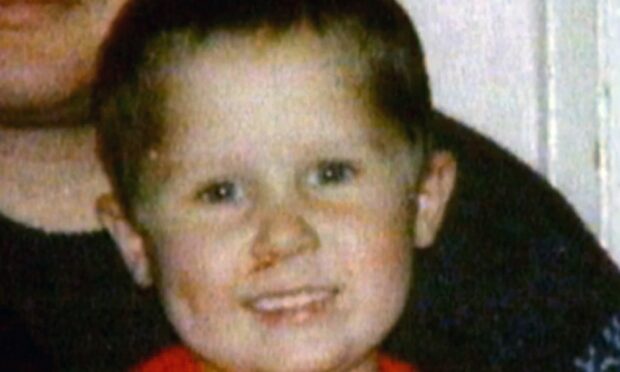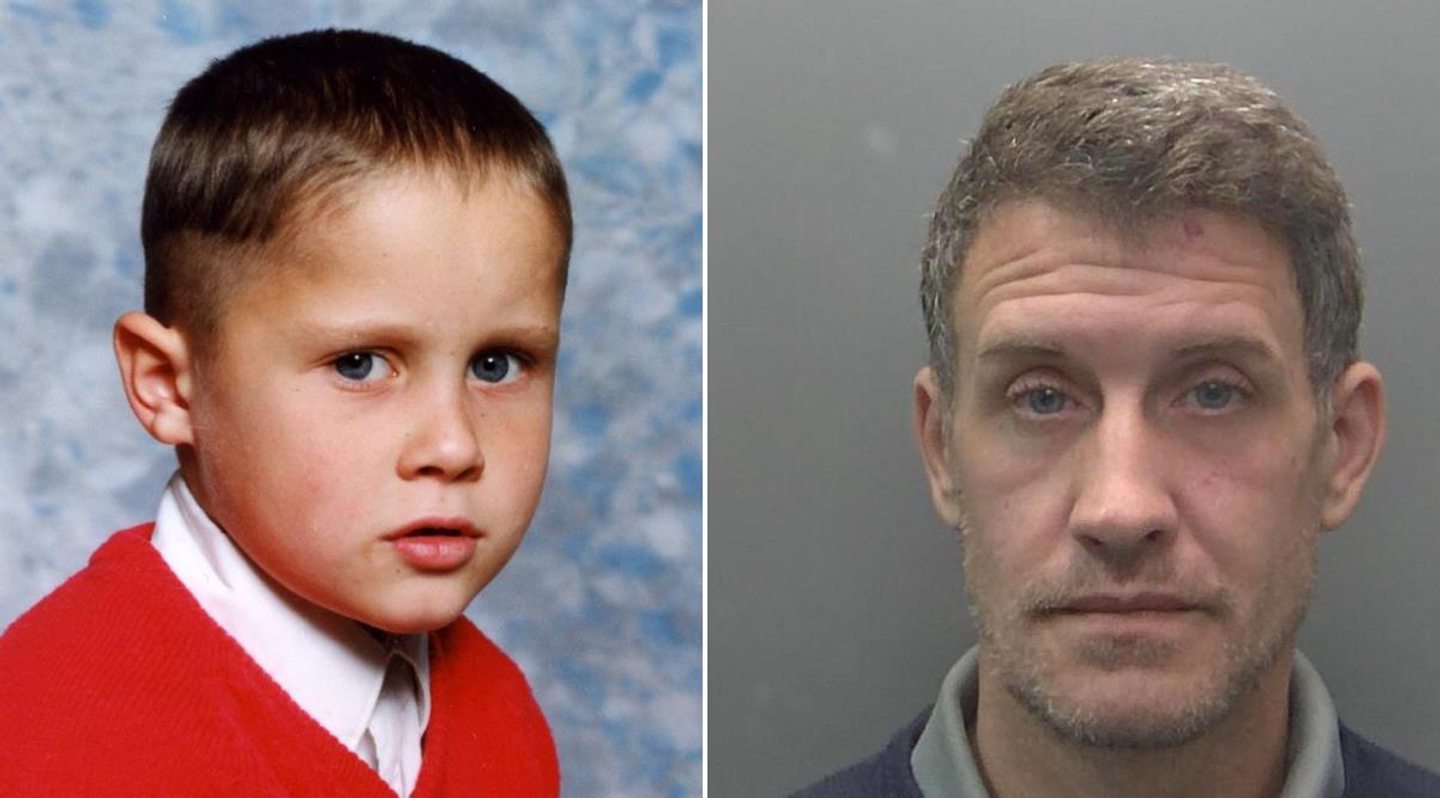If the murder case in this week’s 24 Hours In Police Custody was a fictional TV crime drama, you’d struggle to believe it.
Six-year-old Rikki Neave’s naked body was found in woodland near his home in 1994 and for 30 years his killer was never caught.
Detectives chased down many leads over the years – including a far-fetched claim that Rikki was killed as part of a black magic cult – but that crucial clue which would close the case proved elusive, until 2016.
It always feels like a privilege when detectives grant Channel 4 cameras such intimate access to their investigations, and the Rikki Neave cold case review was no exception, particularly when viewers saw the twists and turns it took.
Poor Rikki lived in a household in which cruelty and abuse were common, so his mum Ruth was the prime suspect almost from the start.
She was charged with his murder but was acquitted after a trial in 1996, and detectives said they weren’t looking for anyone else in connection with the case.
Throughout the first episode, viewers were led to believe she was the killer, with modern footage of her kept until the final moments, when officers revealed a twist – she definitely didn’t do it.
In fact, his real killer was hiding in plain sight – and had been named in historic witness statements at least twice.
In hindsight, it seems unbelievable that James Watson wasn’t considered the prime suspect from the start.
A “troubled” 13-year-old from a children’s home, Watson had already displayed a tendency towards violence and had sexually assaulted a young boy in the months before Rikki’s death.
How did he get away with it for so long?
As cameras followed the detectives as they closed the net on Watson, meticulously building the case against him, it was as good as any crime drama and all the better because it was true.

